Art
Russian and Soviet art have rich and diverse histories, reflecting the cultural, political, and social changes that have occurred over the centuries.
Russian Art on stamps
Icons and Orthodox Christian Art: Early Russian art is strongly associated with religious themes, especially Orthodox Christianity. Icon painting, characterized by its flat, symbolic representations, was a prominent form of art.
Realism and Romanticism: In the 19th century, Russian art saw the emergence of realist and romantic movements. Artists like Ivan Aivazovsky, Ilya Repin, and Ivan Shishkin depicted scenes from Russian life, landscapes, and historical events.
The Wanderers (Peredvizhniki): A group of realist artists formed the Wanderers in the late 19th century, aiming to break away from academic traditions. They focused on portraying the realities of Russian life and social issues.
Soviet Art
Socialist Realism: In the early years of the Soviet Union, Socialist Realism became the official artistic style. It aimed to depict an optimistic view of Soviet life, emphasizing the achievements of the working class and the Communist Party. Artists like Alexander Deineka and Vera Mukhina created works in this style.
Avant-Garde Art: Despite the dominance of Socialist Realism, the early Soviet years also saw the flourishing of avant-garde movements. Artists like Kazimir Malevich (known for Suprematism) and Wassily Kandinsky (associated with abstract art) were influential figures in the Russian avant-garde.
Constructivism: In the 1920s and 1930s, the Constructivist movement emerged, emphasizing geometric shapes, industrial materials, and a focus on functional design. It influenced not only visual arts but also architecture and design. Artists like Vladimir Tatlin and El Lissitzky were associated with Constructivism.
The Great Patriotic War (World War II) Art: The Soviet Union produced a significant body of art related to the experience of World War II. Artists depicted the heroism of soldiers, the suffering of civilians, and the ultimate triumph over fascism.
Nonconformist Art: During the later years of the Soviet Union, some artists began to explore styles and themes outside the confines of Socialist Realism. The Nonconformist art movement included artists like Ilya Kabakov and Erik Bulatov, who often faced censorship and persecution for their work.
Contemporary Russian Art: After the collapse of the Soviet Union, Russian art experienced a period of increased freedom and experimentation. Artists engaged with various styles, including conceptual art, video art, and installation art. The Moscow Conceptualists, such as Ilya Kabakov, continued to influence contemporary Russian art.
Showing 1–16 of 236 results
-
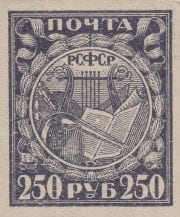
1921 Sc 10 Science and Arts Scott 183
$0.35 – $0.50 Select options -
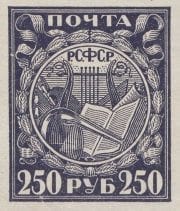
1921 Sc 10CSP Science and Arts Scott 183b
$15.00 Select options -
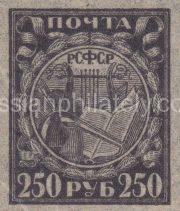
1921 Sc 10PP Science and Arts Scott 183a
$0.60 Select options -
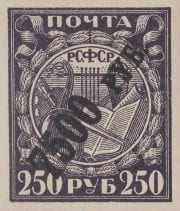
1922 Sc 45 Science and Arts, surcharged Scott 201
$0.40 – $0.80 Select options -
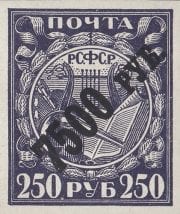
1922 Sc 45CSP Science and Arts, surcharged Scott 201
Read more -
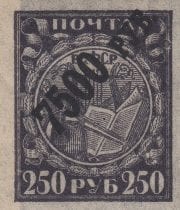
1922 Sc 45PP Science and Arts, surcharged Scott 201
Read more -
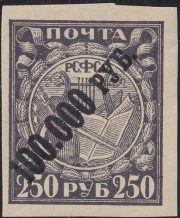
1922 Sc 54 1st Definitive Issue of RSFSR Scott 210
$0.65 – $1.00 Select options -
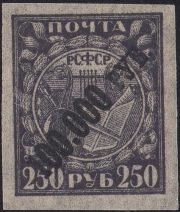
1922 Sc 54PP 1st Definitive Issue of RSFSR Scott 210
$0.50 – $1.00 Select options -
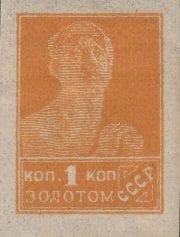
1923 Sc 13 Worker Scott 250
$5.00 Select options -
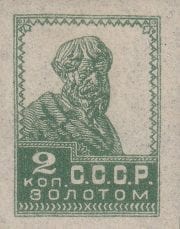
1923 Sc 14 Peasant Scott 251
Read more -
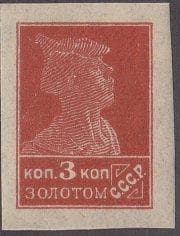
1923 Sc 15 Red Army soldier Scott 252
Read more -
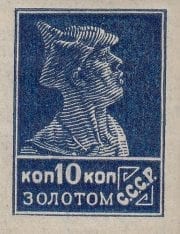
1923 Sc 19 Red Army soldier Scott 256
Read more -
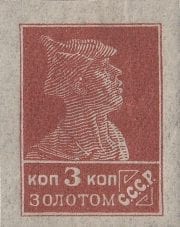
1923 Sc 23 Red Army soldier Scott 273
Read more -
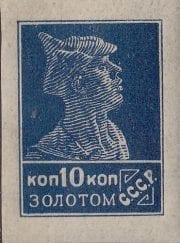
1923 Sc 25 Red Army soldier Scott 275
Read more -
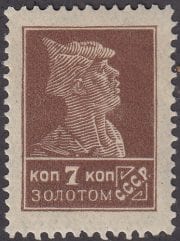
1924 Sc 45 Red Army soldier Scott 282
$3.50 Select options -
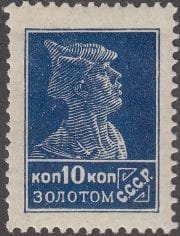
1924 Sc 48 Red Army soldier Scott 285
Read more
